Why CDN is Important
CDN (Content Delivery Network) plays a major role in streaming industries. As the need for online video streaming grows year after year, the volume of delivery for these videos is greater and challenging than ever before.
How do They Work?
To understand the functionalities of CDN we have to understand the delivery network of any popular online shopping sites like Amazon, Flipkart, how they deliver orders the same-day or in a couple of days. They have the local/regional stores to keep products ready rather than to ship from a central location.
Similarly, CDNs have a larger network of sophisticated servers strategically placed on different geo locations to provide the contents when published. The subsequent request will be served from local / nearest pop server from the cache rather than the origin.
For Live Streaming Content
To deliver live streaming content is more challenging with respect to VOD content that has already been published. These days the HLS and Dash are more popular methods for live streaming with ABR as a de-facto standard. There are some specific areas to be taken care of such as
- Quality – To provide the best user experience without video lagging/freezing, ABR is the best option. CDNs carry the chunks to the end-user network at high speed delivering without delay or waiting for the player for the next chunks.
- Scalability – The most important factor where a smart CDN will be a game-changer. To deliver the live content to large, unpredictable live audiences.
Case Study
Here are some scenarios of the leading CDN providers which we have analyzed with respect to buffer level and playing live-stream content at the end-user. We have some basic factors as constant for each scenario
- The same Livestream server located in a single place.
- Ingesting: The RTMP stream has ingested from a single source.
- Egressing: HLS with ABR with 4 formats (Low, High, HD, Source)
- Multiple CDNs have pointed to the same origin server
Scene#1:Live streaming within a Production environment
- Live-streaming server @ US region
- RTMP Input from US server point to the same streaming server
- HLS view at India
CloudFront
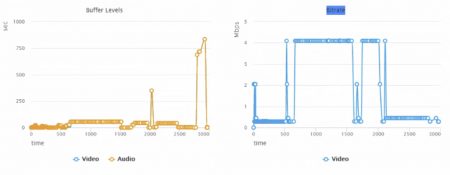
Limelight CDN
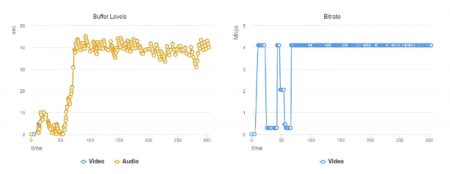
Scene#2:Live streaming within Production environment (VPN)
- Live-streaming server @ US region
- RTMP Input from US server pointing to the same streaming server
- HLS view at Ireland via VPN
Cloudfront CDN
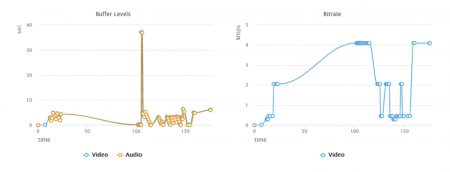
Limelight CDN
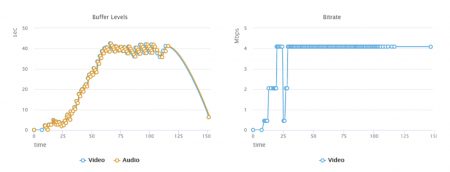
Scene#3:Live streaming within a Production environment (OBS)
- Live streaming server @ US
- RTMP Input from OBS (India) pointing to the same streaming server
- HLS view at India
Cloudfront CDN
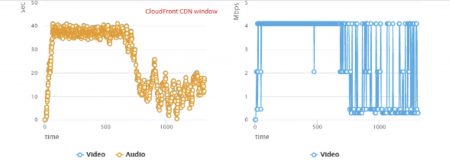
Limelight CDN

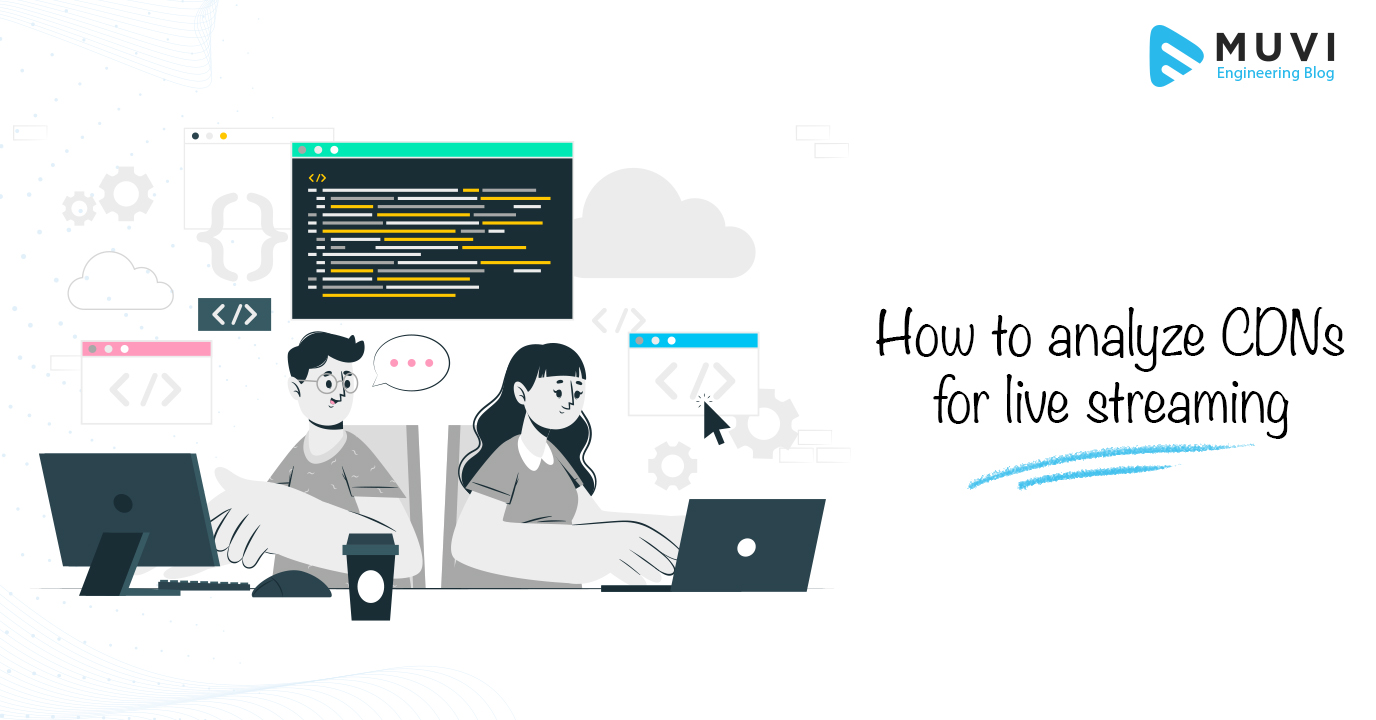


















Add your comment